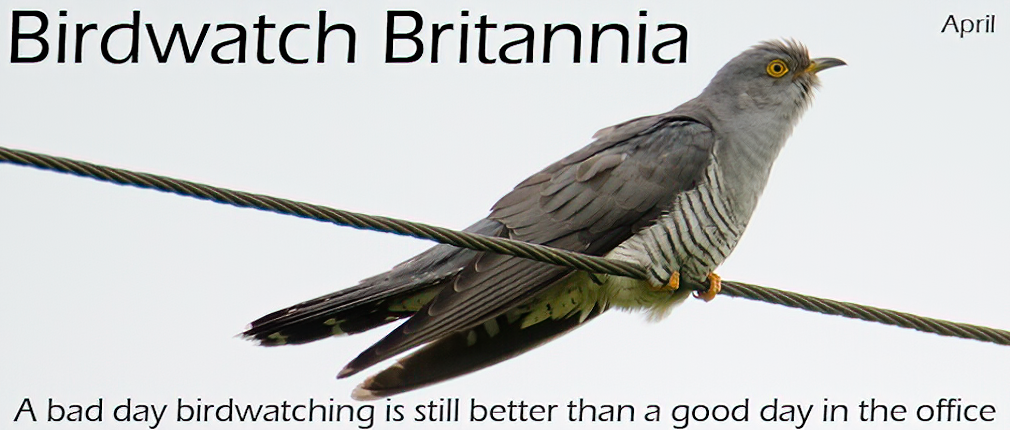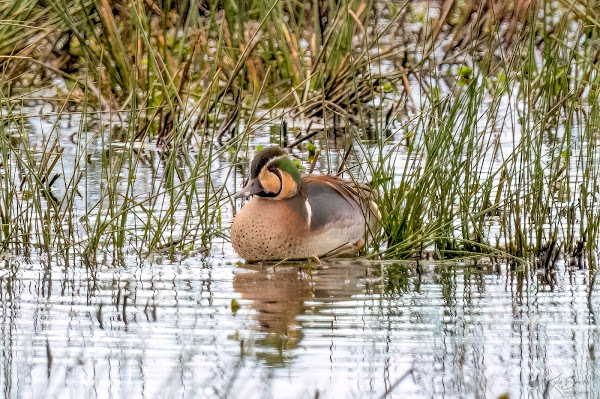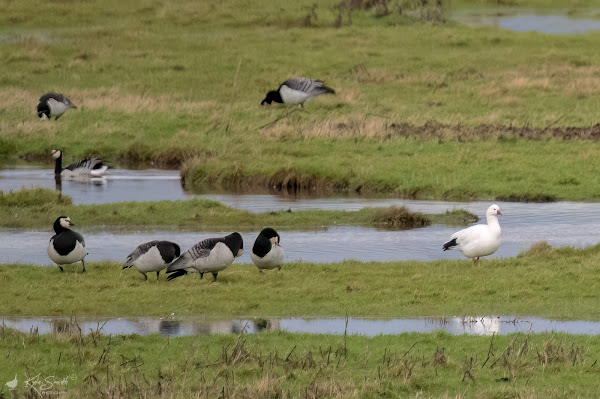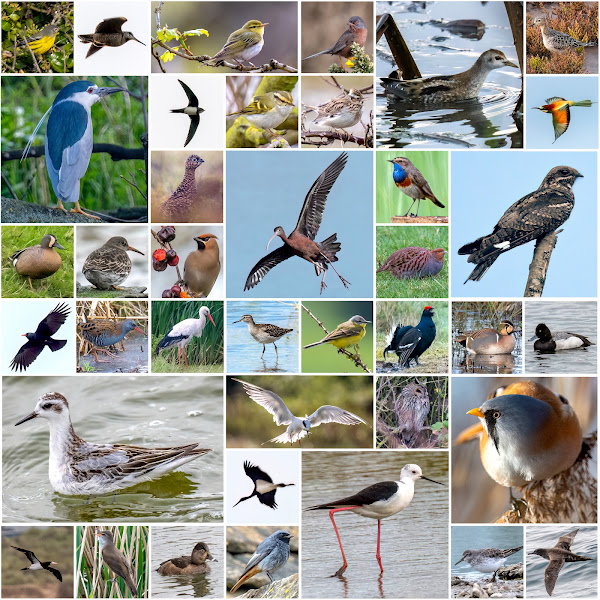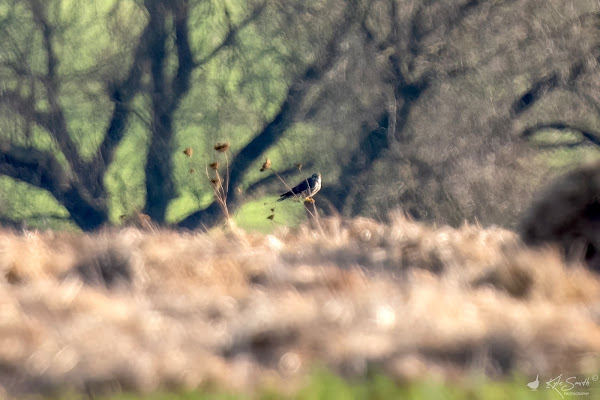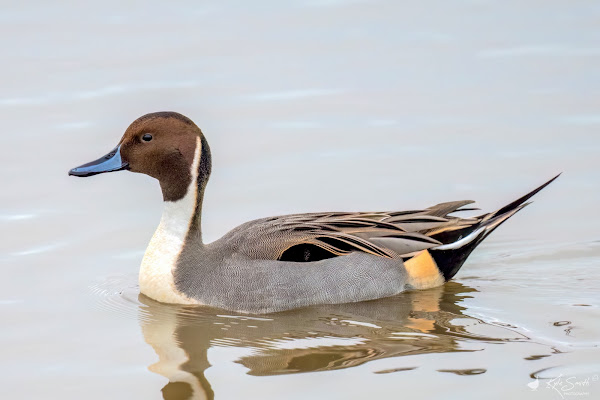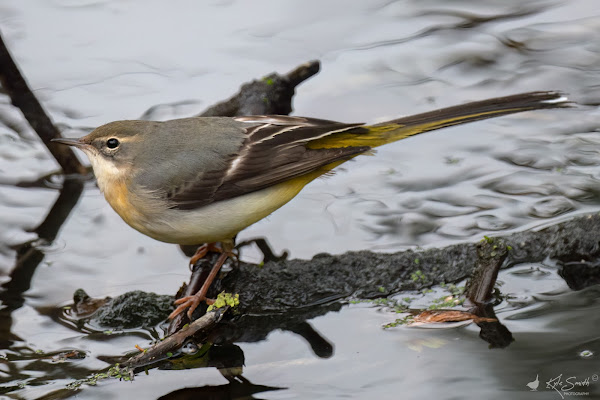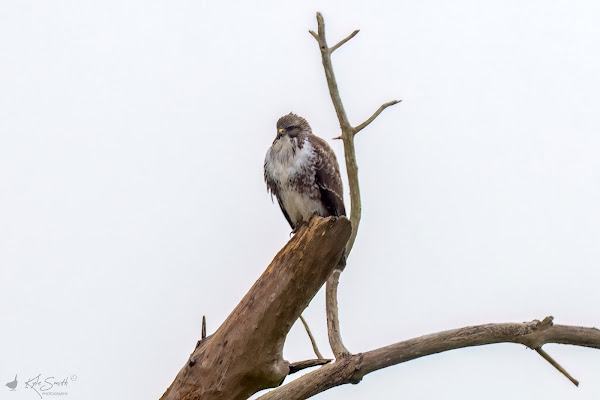This would most likely be our last outing of the year for Kev @kev07713 and I, and fingers crossed would be a lifer for all of us - we would be joined by Karen @karenheath62 to visit RSPB Greylake for the 'returning'? Baikal teal from two years ago.
The Baikal teal is also known as the bimaculate duck and is slightly but noticeably larger than the common teal - drakes, like the bird we were going to see, have a striking green nape, yellow and black cheeks, neck, and throat, with a darker crown. They have long, drooping scapulars with front and near white bars. They breed in northern and eastern Siberia and typically winter in East Asia. There are generally only a few genuine European records, but this bird had been accepted by the powers that be on its previous visit. It had also been recorded in Wales (Llangorse Lake, Powys & Foryd Bay, Gwynedd) - a true vagrant with only a few records in the UK per decade.
We stopped enroute for our customary breakfast and met up with Kev's sister Karen @hobbylovinglife and her partner in crime Dean @worlebirder. We didn't stop for too long and were on the road in convoy, Dean leading - soon we arrived in the car park to find very limited spaces - but enough for two.
We made straight for the Treetop Hide where the best views were to be had, along the boardwalk, and joined about 20 other birders - the seats were all taken and so we had to view from the back of the platform. The bird was asleep behind a clump of grass but could just be seen. There were lots of descriptions of where to look ,but until you were on it the observations were tough to follow. Having located it, I put Kev's scope on the brown mass. Two ravens cronked over.
We waited and hoped that the bird would emerge, but other than a few peens and a shake of the head it stayed put - at least the views were now good enough to confirm the ID and tick it. It stayed well-hidden until a marsh harrier appeared nearby, flushing the birds onto the water and then we stared to have some great views. I was handholding my camera and lens and hoped I'd be able to extract something from the photos - a new camera, a whole new set of focusing options and settings, and taking photos over and between people at the windows.
As we watched, Alan Boddington @alanbodd sidled-up, tapped Kev's shoulder and stopped for a chat before heading back to the car to collect his kit (having established the bird was here). Water rails called from all around and I managed to see one scamper through the reedbed directly behind. Bearded tits called from across the boardwalk.
Handfuls of people arrived at a time and the other closed hide back down the boardwalk was fully occupied and so we decided that, having seen the bird, we'd make tracks and leave some space - Dean would be working later and so he and Karen were off in any case - they can come back later as it is not far from home. Karen, Kev and I decided to stop off at Slimbridge on the way back, for a quick sandwich and to let me play with the camera. Little did we know there had been an accident ahead and we joined a 4-mile queue to get off the motorway.
After lunch we strolled along the path to the Estuary hide seeing the usual collection of ducks and swans from Rushy hide, and a few snipe.
We climbed the stairs to the lower platform and scanned the Dumbles, Tack Piece and Estuary. A dozen or so white-fronted geese could be seen on the far hedge line, associating with a larger flock of Canada geese. The Ross's goose was far out to our right with a flock of barnacle geese, while two snow geese were off to our left.
I thought I'd try and photograph something in flight and the obvious starting point were the Bewick's swans - big and manageable.
We'd tried to locate the usual peregrine on the posts by the estuary without success but eventually Kev found it on a tree branch upturned on the sand itself. It stayed for a while but then took to the wing flying away and then left, only to be lost from view. Later Kev found it again, now a bit closer on a different branch out on the grass. Despite the distance I had a go at trying to photograph it and with the window frame as a rest, it came out OK.
A chap in the hide called a sparrowhawk as it cut across in front of the hide and eventually stopped in a distant tree, pushing the pigeons out. We'd spent a bit of time here and as Karen and Kev had been up earlier than me, we decided to call it a day.
However, as we passed between the Knott and Willow hides, we looked through the wall to see a water rail in plain sight. I was stopped where the viewing window was high, and it made it damn near impossible to take a photo - should have continued on and joined Kev ... very nice views and my second of the day.
Home James and don't spare the horses.
Year List: 279
I usually create a collage of some of my favourite birds and photos from the year and post with a New Year message on my Twitter and Facebook feeds. If you are reading this then first of all thank you, and then accept my wishes for health, wealth and happiness in 2024 to you and yours. Lets hope for another cracking year and see if I can add to my 39 life ticks in 2023 ...
